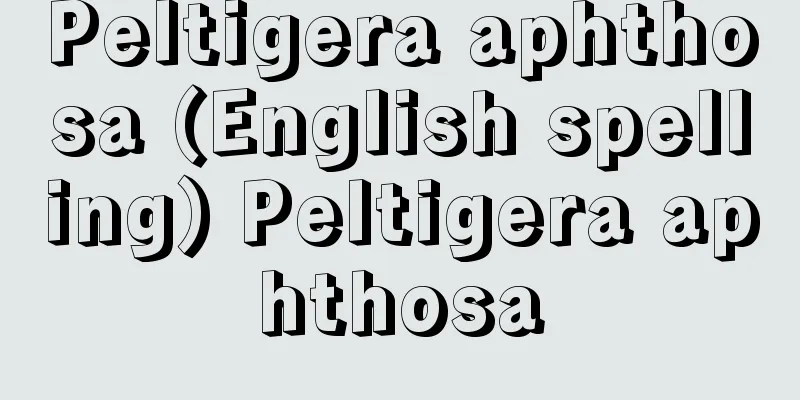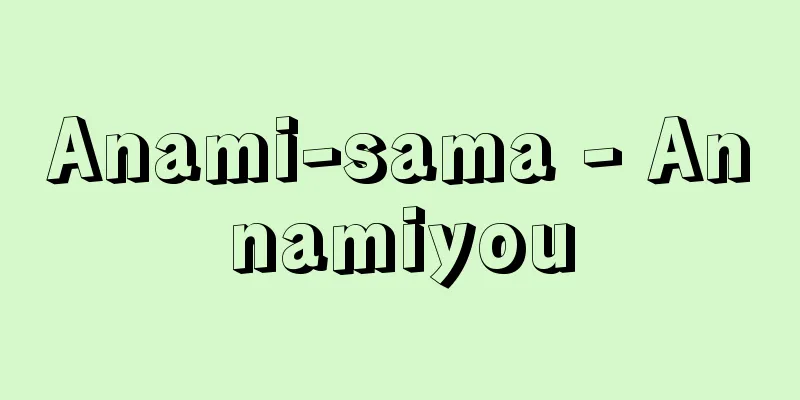Garibaldi - Giuseppe Garibaldi

|
A modern Italian patriot and soldier. Born in Nice as the son of a sailor, he began sailing the Mediterranean and Black Seas at around the age of 15. In mid-1833, he learned of the existence of the "Young Italy" party founded by Mazzini, and in February 1834, he joined the Genoese uprising in response to Mazzini's planned expedition to Savoy. After the failure of the uprising, he was sentenced to death in absentia and went into exile in South America. There, he led the Italian Legion and fought against Brazil for the independence movement of Uruguay. He returned to Italy in 1848 during the First Italian War of Independence, led a volunteer army to fight against the Austrian army, and became a national hero the following year in the defense of the Roman Republic. After the collapse of the Roman Republic, he went into exile in the United States, where he worked in commerce, before returning to Italy in 1854 and settling on the island of Caprera. During this period, he broke with Mazzini, who was repeatedly engaging in insurrectionary activities that lacked judgment of the situation, and approached the Kingdom of Sardinia under Vittorio Emanuele II, becoming honorary vice-president of the National Association, which was founded by Giuseppe La Farina (1815-63) and aimed to promote a moderate unification movement. In the Second War of Independence in 1859, he was appointed general of the Sardinian army and led the volunteer army "Alpine Rifles" against the Austrian army, winning a victory. After the Peace of Villafranca, he expressed his dissatisfaction with the Kingdom of Sardinia, resigned from his position as general, and protested strongly against Cavour's cession of his hometown of Nice to France. In April 1860, together with Crispi and others, he organized the "Thousand" (also known as the "Red Shirts"), an expeditionary force in Genoa to support the anti-Bourbon popular uprising that took place in Palermo, Sicily. On May 6 of the same year, the Thousand left Quarto in Genoa, and landed in Marsala in the west of Sicily on the 11th. On the 15th, with the participation of Sicilian peasants, they defeated the overwhelmingly superior Bourbon army, and liberated Palermo on the 27th. He then crossed the continent and liberated southern Italy. On October 26, he presented the liberated lands to Vittorio Emanuele II, who had been sent by Cavour, and retired to the island of Caprera. The Kingdom of Italy was established in 1861, but he was not satisfied with a unified country without Rome and Venice, and took military action at Aspromonte in southern Italy the following year, and at Mentana near Rome in 1867, but both failed. In 1871, he led a volunteer force in Dijon to protect the Third Republic of France from an attack by the Prussian army. This was his last battle. He was later elected as a member of the lower house of the Italian Parliament, and worked to organize democratic forces. He died on June 2, 1882. His role in the Risorgimento (the Italian unification movement) was primarily military. However, his down-to-earth personality, not seeking fame or status, charmed the Italian people, and he is still remembered as a national hero. He is not only an Italian hero, but also gained international fame for supporting Poland's fight against Russia and Denmark's fight against Germany. [Fusatoshi Fujisawa] "The Italian National Revolution - The Century of the Risorgimento" by Tetsuro Morita (1976, Kondo Publishing) Source: Shogakukan Encyclopedia Nipponica About Encyclopedia Nipponica Information | Legend |
|
近代イタリアの愛国者、軍人。ニースの船員の子として生まれ、15歳ごろから地中海や黒海を航海する。1833年中葉に、マッツィーニの結成した「青年イタリア」党の存在を知り、34年2月にはマッツィーニの企てたサボイア遠征に呼応するジェノバ蜂起(ほうき)に加わった。その失敗後、欠席裁判で死刑判決を受けて南米に亡命。そこで、ウルグアイの独立運動のために、イタリア軍団を率いてブラジルと戦った。48年の第一次イタリア独立戦争に際して帰国し、義勇軍を率いてオーストリア軍と戦い、翌年ローマ共和国の防衛で国民的な英雄となる。ローマ共和国崩壊後、アメリカに亡命し、商業などを営み、54年イタリアに戻り、カプレラ島に居を構えた。この時期に、状況判断を欠く蜂起活動を繰り返すマッツィーニと決別し、ビットリオ・エマヌエレ2世のサルデーニャ王国に接近し、ラ・ファリーナGiuseppe La Farina(1815―63)が結成した穏和な統一運動を志向する「国民協会」の名誉副会長となった。 1859年の第二次独立戦争では、サルデーニャ王国軍の将軍に任命され、義勇軍「アルプス狙撃(そげき)隊」を率いてオーストリア軍と戦い、勝利を収めた。ビラフランカの講和後、サルデーニャ王国に不満を表明して将軍を辞し、カブールによる、生まれ故郷ニースのフランスへの割譲に激しく抗議した。60年4月、シチリア島のパレルモを中心に起こった反ブルボン家の民衆蜂起を支援する遠征隊「千人隊」(別名「赤シャツ隊」)を、クリスピなどとともにジェノバで組織した。同年5月6日、ジェノバのクワルトを出発した千人隊は、同11日にシチリア島西部のマルサラに上陸し、15日にはシチリア農民の参加を得て、圧倒的に優勢なブルボン軍に勝ち、27日にはパレルモを解放した。その後、大陸部に渡り南部イタリアを解放し、10月26日、カブールの派遣したビットリオ・エマヌエレ2世にその解放地を献上して、カプレラ島に引退した。61年にイタリア王国が成立したが、彼はローマとベネチアを欠く統一に満足せず、翌年に南イタリアのアスプロモンテで、さらに67年にローマ近郊のメンターナで武力行動に出たが、いずれも失敗に終わった。71年、フランス第三共和国をプロイセン軍の攻撃から守るために、義勇軍を率いてディジョンで戦った。これが彼の最後の戦闘であった。その後、イタリア王国議会の下院議員に選出され、民主勢力の組織化などに従事した。82年6月2日没。 リソルジメント(イタリア統一運動)において彼の果たした役割はとりわけ軍事的なものである。しかし、名誉や地位を求めないその庶民的な個性は、イタリア国民を魅了し、いまなお国民的英雄として語り継がれている。また、彼は単にイタリアの英雄であるばかりでなく、ロシアに対するポーランドの戦い、ドイツに対するデンマークの戦いなどを支持したことから、国際的な名声を得るに至った。 [藤澤房俊] 『森田鉄郎著『イタリア民族革命――リソルジメントの世紀』(1976・近藤出版社)』 出典 小学館 日本大百科全書(ニッポニカ)日本大百科全書(ニッポニカ)について 情報 | 凡例 |
<<: Kalibangan (English spelling)
Recommend
Ordinary chondrite
...Iron meteorites, stony-iron meteorites, and ac...
Quirós, PFde (English spelling) QuirosPFde
…And Urdaneta sailed east to Mexico in 65. The su...
Savolaiset
...At that time, the Karelian people, Kalialaiset...
Londinium
…It was once the center of the British Empire, an...
Ushabti (English spelling)
Also called shawabti. A small figurine used as a f...
Ikuchi-san
...The administrative area of Setoda Town inclu...
Bibiena, Francesco (English spelling)
…the Galli da Bibiena family was an Italian famil...
Collection of houses - Ienoshu
A personal collection of poems. Kashu (family anth...
Faunus - Faunus (English spelling)
The ancient Roman god of forests. His name is tho...
Africander - Africander
…They are also called Boers. They are now called ...
Platok (English spelling)
A Russian ethnic headgear for women, worn in any s...
Eight Policies on Board the Ship - Senchu Hassaku
On June 9, 1867 (Keio 3), Sakamoto Ryoma left Nag...
Hecuba
In Greek legend, she was the wife of Priam, the l...
Austral [Islands] - Austral
…the Austral Islands are a group of islands in Fr...
Konrad Burdach
1859‐1936 German scholar of German language and li...









